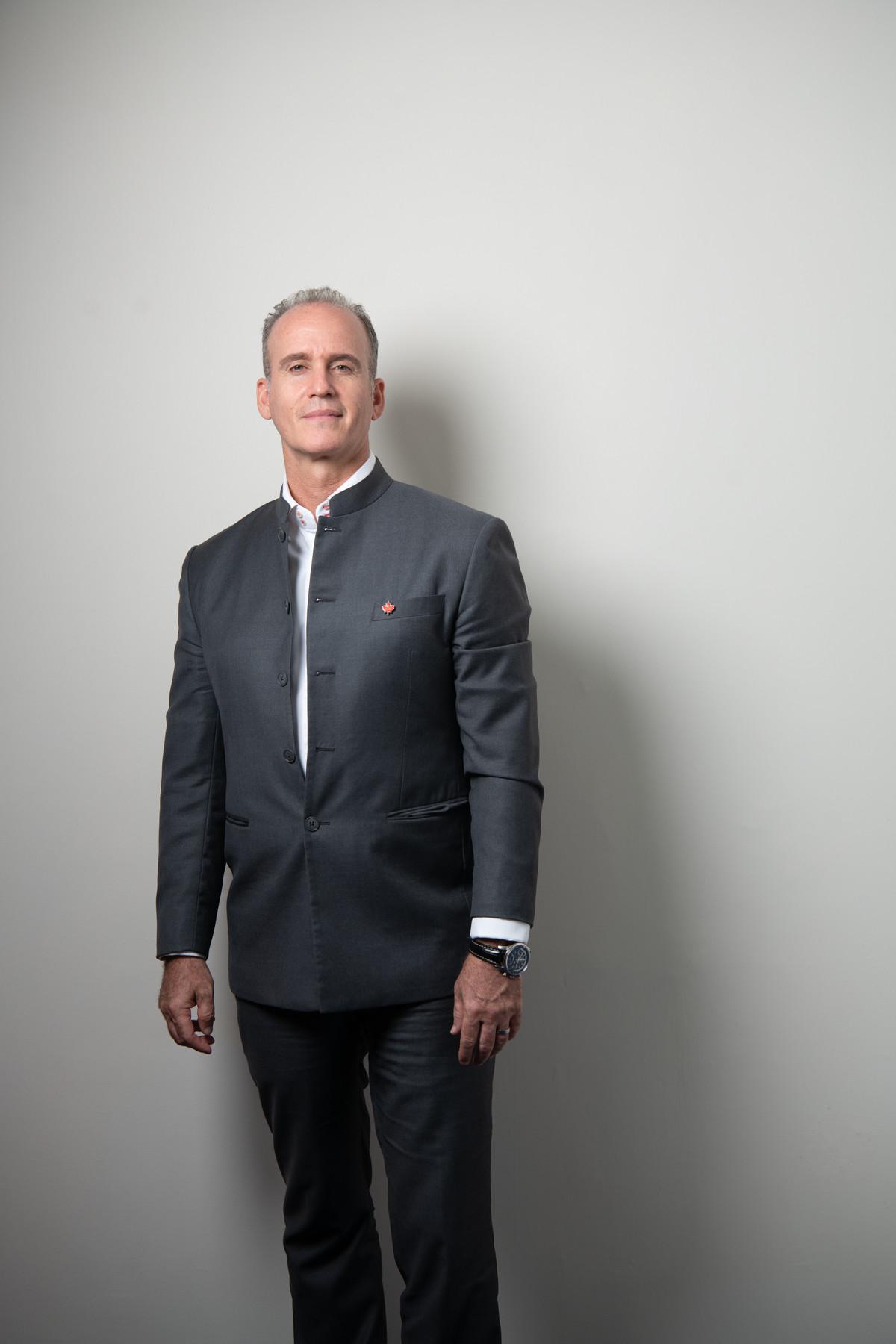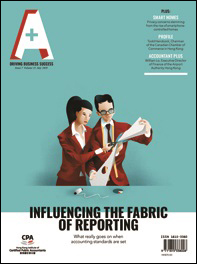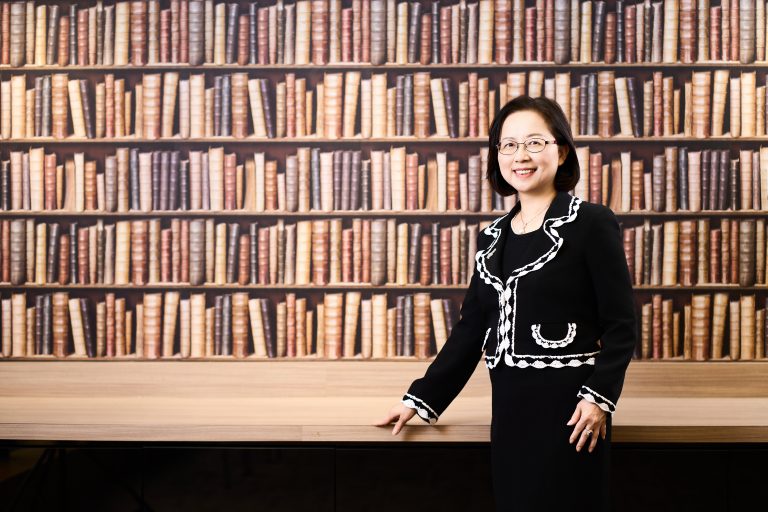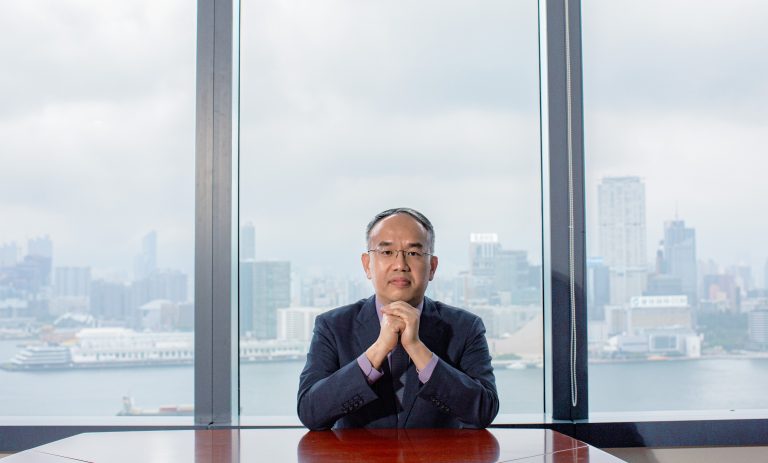Like many countries, Canada – with its status as the United States’ most important trading partner and its extensive import-export relationship with China – has been caught in the crosshairs of the continuing disputes between Beijing and Washington.
For Todd Handcock, Chairman of the Canadian Chamber of Commerce in Hong Kong, optimism is the order of the day despite the potential for fallout. “I think members are positive,” he says. “We’re continuing to see a lot of investment in both directions, and more Canadian companies are coming into Hong Kong and the Asia-Pacific region.”
Ultimately, he believes, the principles of free trade will triumph. “It’s an interesting, dynamic world right now with different conversations around free trade agreements,” says Handcock. “As a chamber we’re proponents of free trade. We think it’s good for the global economy.”
He cites the Canadian government as one of the most outspoken proponents and promoters of free trade. “We have recently signed the U.S.- Canada-Mexico free trade agreement, we have the agreement on trade with the European Union, and we’re a founding member of the Comprehensive and Progressive Agreement for Trans-Pacific Partnership.”
Handcock acknowledges that talks on trade are often not easy to conclude. “The challenge is always that free trade agreements take a lot of effort. They take a lot of time. All parties are looking for the best things for their constituents, and it takes a lot of open and honest dialogue.”
The upside is that such trading pacts open the world to Hong Kong companies. “Through those agreements it actually means that Hong Kong companies can invest in Canada,” he points out, citing as an example the major Hong Kong-based property developer Peterson Group, with its extensive holdings in Vancouver. “Those companies can access those free trade agreements, which means access to about 1.5 billion consumers around the world and two-thirds of the global gross domestic product.”
That’s also good news for Canadian companies in Hong Kong. “Most of our 50-plus Canadian company members have their regional headquarters in Hong Kong and we don’t see that changing. Hong Kong is continuing to be an important place for a launchpad to China and Asia-Pacific. It is the easiest place and the best place for Canadian companies to look at the entire region,” says Handcock, citing Hong Kong’s geographic position, role as a gateway to China and the rest of the region, ease of doing business, and rule of law as reasons.
In 2017, Hong Kong was Canada’s 13th-largest export market with merchandise imports from Canada amounting to C$2 billion, according to Trade and Industry Department data. Canada was the 25th-largest market for Hong Kong, according to Canadian government data. As Handcock notes: “There’s deepness there.”
“Most of our 50-plus Canadian company members have their regional headquarters in Hong Kong and we don’t see that changing.”
Go, Canada
Hong Kong and Canada have a long relationship. “On a personal level, we had Hong Kong immigrants coming to Canada back in the 1770s,” says Handcock, whose other job is President, Asia Pacific, at Collinson, a British marketing company specializing in corporate loyalty and benefits.
“And then on the business front, you had Canadian companies such as Sun Life investing in Hong Kong over 150 years ago,” he adds. “Then Manulife, Canadian Imperial Bank of Commerce, Bank of Montreal, Scotiabank, TD Bank and Royal Bank of Canada all have very long histories within Hong Kong.”
That heavy focus on banking has evolved over the years, however. “If you take a look at the majority of our members now, they are services-related: insurance space, non-bank financial services, legal firms, new economy and technology companies and education and training firms,” says Handcock.
The members’ geographic focus has also changed in recent years, Handcock points out, due to projects such as China’s near-global US$900 billion Belt and Road initiative and the Greater Bay Area (GBA) development comprising Hong Kong, Macau and China’s southern Guangdong province.
“With Belt and Road, I think there’s opportunity in two ways,” he says. “The first is with Canada, there’s a long history of infrastructure development and infrastructure technology because of the nature of our geographic spread – such as railways, ports, airports, logistics, and basic things like telecommunications.”
Secondly, Handcock adds, there is a significant opportunity to take advantage of stronger consultative mechanisms, and an increasing emphasis on accountability and sustainable development. “Canadian companies are particularly strong in these areas. So our chamber members can not only benefit from Belt and Road initiative, but can help make it more robust and healthy for all concerned.”
The chamber also sees the GBA as a game changer. “In December 2018, we set up a tripartite memorandum of understanding with the Canadian Chamber of Commerce in Macau and the newly formed Chamber of Commerce Pearl River Delta,” he says. “The three chambers are now actively exchanging ideas, introductions, and information as well as participating in joint workshops such as the Transpacific Entrepreneurial Conference held each December. This engagement is creating new bonds both within the GBA but also back to Canada and deeper into China.”
Canadian companies rarely enter the region without a GBA strategy nowadays, Handcock insists. “Whether in professional services, education or tech, they are great about basic research and they have the option to prototype in places like Shenzhen.”
Handcock praises Hong Kong’s move into innovation and higher technology as a boon for global companies. “I think the great thing for Hong Kong is it’s becoming much more of a new world economy. We’ve got strong partnerships with both Hong Kong Science Park as well as Cyberport that extend into many of our innovation hubs in Canada – Montreal, Edmonton, Toronto, Vancouver and Calgary,” he says. “We are seeing increased exchange of technology ideas and innovation in areas such as artificial intelligence (AI), cleantech, and fintech. As the roots of these bonds get deeper, we will see even greater levels of collaborations.”
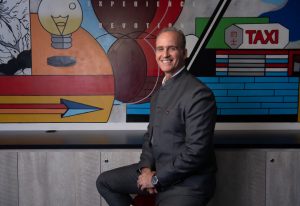
Todd Handcock’s career in Asia began as a trade consultant at the Canadian Embassy in Jakarta. He moved to Hong Kong in 2000..
Forging relationships
Handcock sees his role as Chairman as a facilitator aligned to the mission of the Canadian chamber. “That is to build ever stronger bridges between not just Canada and Hong Kong, but also Canada and the rest of the region,” he says.
“From a leadership perspective it is, like many chambers, going through a period where it needs to continue to fight for relevance,” Handcock points out, citing the prevalence of new media and channels such as LinkedIn. “That means that the chambers of today need to be shifting in how they stay relevant: the depth and breadth of the value, the engagement that they can offer to their members.”
Like all chambers, the Canadian body has a wide membership, with members often having competing goals, such as importers and exporters. “I think diversity is what makes us strong as a chamber,” says Handcock. “We have interest committees across different sectors including financial services, education and technology. But we’re also seeing those interest committees coming together so when you talk about AI, it is no longer a technology thing, it’s how do you apply AI to the financial services sector or the legal sector. It’s a cross-fertilization.”
The chamber also develops strong ties with other Canadian institutions in the city. “We have a strong relationship with the Canadian Consul General here in Hong Kong, Jeff Nankivell, who has been a fantastic partner,” says Handcock. “We do a number of joint events and whenever there’s a Canadian minister out we often co-host the ministerial lunch or dinner or cocktail reception.”
It’s not just federal government links – the chamber also reaches out to individual Canadian provinces. “Quebec has just opened their office in Shenzhen and they’re also a member of our chamber, while British Columbia and Alberta have trade offices here. “It’s great to see that both provinces have invested in the region,” say Handcock. “It is a close working relationship. They utilize their sectoral expertise and both provinces work with us. Ron Hoffmann is Alberta’s Senior Representative for the Asia Pacific Basin and is on our executive committee.” says Handcock. “Alberta has been very aggressive towards innovation technology of late and that’s two way, bringing technology from the likes of the University of Alberta, which is ranked as one of the top five AI hubs in the world.”
That means new business for Hong Kong, Handcock adds. “I think there is going to be significant opportunity for Hong Kong as it shifts towards more of that knowledge economy. It is sitting at the door of places like Shenzhen, and you still have very strong legal governmental and a rule of law structure here.”
Handcock is currently President, Asia Pacific, at Collinson, a British marketing company specializing in corporate loyalty and benefits.
The Canadian way
Soft power is essential, and Handcock sees the chamber as a representative for the Canadian way of life. “I don’t think a month goes by where there isn’t something social or corporate going on in the Canadian business community,” he says, citing Canada Day – which is shared with Hong Kong on 1 July – as a cause for celebration and an annual Canadian Ball attended by 400 to 500 people.
A highlight of 2019 was the Toronto Raptors’ first U.S. National Basketball Association championship. “We had a couple of hundred Canadians celebrating raucously in Lan Kwai Fong,” the entertainment district of Central which, as Handcock points out, was popularized by a prominent Canadian-born Hong Kong businessman, Allan Zeman.
The Hong Kong Rugby Sevens Championship, held each March, is also a major event. “Every year, just before the Sevens, we hold our fundraising luncheon for the Canadian team,” says Handcock. “In fact, Hong Kong is the largest fundraiser for the Canadian Rugby Sevens team anywhere in the world.”
Holding essentially two full-time jobs, Handcock acknowledges that achieving work-life balance is a challenge. “I have to admit that it’s a lot more work than I expected or signed up for and that’s after having been on the chamber’s executive committee for a number of years,” he says.
“The chambers of today need to be shifting in how they stay relevant: the depth and breadth of the value, the engagement that they can offer to their members.”
“I probably now use the term work-life integration rather than work-life balance,” he adds. Away from his desks, Handcock coaches rugby. “I have been active in the Hong Kong rugby community, sponsoring a football club and coaching my children as they grew up here.”
One way that he tries to integrate work and leisure is to synchronize business trips with his wife, Jay. “On a professional level, my wife travels a lot for work and we’re often coordinating our trips so we might end up in Bangkok or in Sydney together,” he says.
An international life can complicate family relationships in other ways. “I’ve got three sons who all grew up here and they’re all now in Canada, and I think it is really important that when you’re living overseas to take time to go and spend time back there with them. That’s precious.”
Handcock moved to Indonesia in 1993 and joined the Canadian Embassy in Jakarta as a trade consultant before he went on to open Toronto-based beverage company Cott Corporation’s operations in Indonesia and expanded it across the region as its APAC business development director and Indonesia managing director.
He has no regrets. “Ever since I left Canada 25 years ago and moved to Indonesia, I’ve always been very active in the Canadian business community,” he says. “I think we’ve got a great culture and I think it’s something that we want the world to know about. I wear my Maple Leaf very close to my heart.”
According to Todd Handcock, early Canton migrants to Canada built a fort, dockyard, and sailing ship in Nootka Sound on Vancouver Island in the 1770s. The next wave of migrants happened in the 1850s during the Gold Rush.








